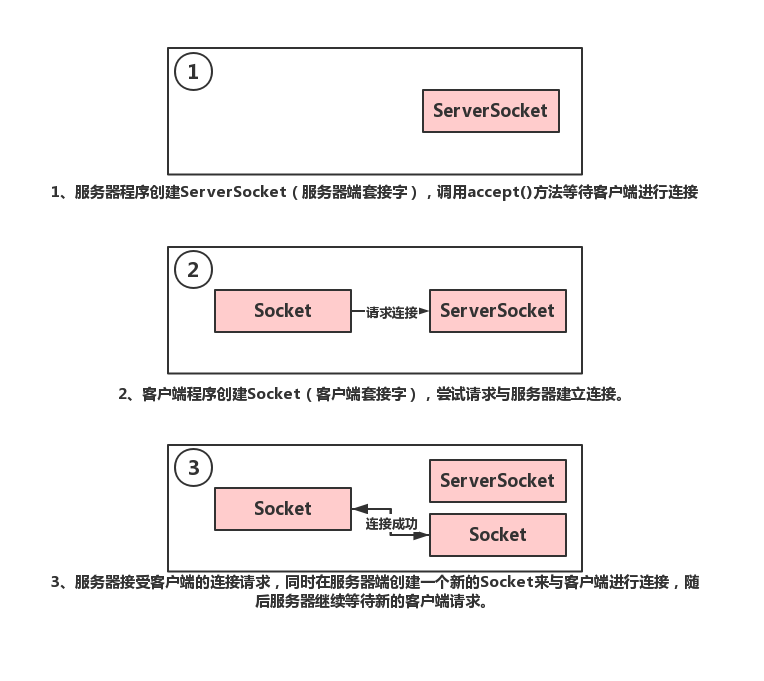java中ResultSet遍歷數(shù)據(jù)操作
1.查找數(shù)據(jù)庫中表的列名
<pre name='code' class='html'>String sql = 'select *from tblmetadatainfo'; ResultSet rs = MySqlHelper.executeQuery(sql, null); String str=''; try { ResultSetMetaData rsmd = rs.getMetaData(); for (int i = 1; i < rsmd.getColumnCount(); i++) { str+=rsmd.getColumnName(i)+','; } str=str.substring(0, str.length()-1); } catch (SQLException e) { // TODO Auto-generated catch block e.printStackTrace(); }
2.查找數(shù)據(jù)庫中表中每條記錄的列值
for(int i=1;i<rs.getMetaData().getColumnCount();i++){ str+=rs.getString(i)+','; }
補(bǔ)充知識(shí):Java:使用ResultSet.next()執(zhí)行含有rownum的SQL語句速度緩慢
在使用Oracle數(shù)據(jù)庫進(jìn)行分頁查詢時(shí),經(jīng)常會(huì)用到如下SQL:
select tm.* from (select rownum rm, t.* xmlrecord from testtable t) tm where tm.rm > ? and tm.rm <= ?
使用的java代碼如下:
int startIdx = 0;int endIdx = 10000; String sql = 'select tm.* from (select rownum rm, t.* xmlrecord from testtable t) tm where tm.rm > ? and tm.rm <= ?'; try (Connection conn = dataSource.getConnection(); PreparedStatement ps = conn.prepareStatement(sql);) { ps.setInt(1, startIdx); ps.setInt(2, endIdx); try (ResultSet rs = ps.executeQuery();) { while (rs.next()) { String id = rs.getString(2); System.out.println('id='+id); } }}
當(dāng)使用以上代碼時(shí),會(huì)發(fā)現(xiàn)當(dāng)取完最后一條記錄后,再執(zhí)行rs.next()時(shí),本來希望返回false后跳出循環(huán),但rs.next()會(huì)執(zhí)行非常長的時(shí)間。解決的方法是不讓rs.next()來判斷下一條記錄不存在,而在代碼通過計(jì)數(shù)來實(shí)現(xiàn):
int startIdx = 0;int endIdx = 10000;int i = 0;int count = endIdx - startIdx;String sql = 'select tm.* from (select rownum rm, t.* xmlrecord from testtable t) tm where tm.rm > ? and tm.rm <= ?'; try (Connection conn = dataSource.getConnection(); PreparedStatement ps = conn.prepareStatement(sql);) { ps.setInt(1, startIdx); ps.setInt(2, endIdx); try (ResultSet rs = ps.executeQuery();) { while (rs.next()) { i++; String id = rs.getString(2); System.out.println('id='+id); if(i == count) { break; } } }}
如果代碼中設(shè)置了fetchSize,并且fetchSize不能被count整除時(shí),在取最后一片數(shù)據(jù)時(shí),rs.next()也會(huì)執(zhí)行很長時(shí)間:
int startIdx = 0;int endIdx = 10000; String sql = 'select tm.* from (select rownum rm, t.* xmlrecord from testtable t) tm where tm.rm > ? and tm.rm <= ?'; try (Connection conn = dataSource.getConnection(); PreparedStatement ps = conn.prepareStatement(sql);) { ps.setFetchSize(300); ps.setInt(1, startIdx); ps.setInt(2, endIdx); try (ResultSet rs = ps.executeQuery();) { while (rs.next()) { String id = rs.getString(2); System.out.println('id='+id); } }}
以上代碼中,當(dāng)取得9900條數(shù)據(jù)后,再取下一個(gè)300條時(shí),rs.next()就會(huì)執(zhí)行很長時(shí)間,可能是由于取不到一個(gè)完整的300條記錄造成的。解決方法是將fetchSize設(shè)置成能被count整除的數(shù)字,比如:
ps.setFetchSize(500);
在以上兩種狀況下,為什么rs.next()會(huì)執(zhí)行很長時(shí)間,還不是很清楚,但可以通過上述方式解決。至于為什么會(huì)有這個(gè)問題,有知道原因的朋友,請(qǐng)不吝賜教。
以上這篇java中ResultSet遍歷數(shù)據(jù)操作就是小編分享給大家的全部內(nèi)容了,希望能給大家一個(gè)參考,也希望大家多多支持好吧啦網(wǎng)。
相關(guān)文章:
1. JS圖片懶加載庫VueLazyLoad詳解2. Java實(shí)現(xiàn)的迷宮游戲3. django queryset相加和篩選教程4. Java利用TCP協(xié)議實(shí)現(xiàn)客戶端與服務(wù)器通信(附通信源碼)5. 使用AJAX(包含正則表達(dá)式)驗(yàn)證用戶登錄的步驟6. idea設(shè)置提示不區(qū)分大小寫的方法7. Java PreparedStatement用法詳解8. 利用ajax+php實(shí)現(xiàn)商品價(jià)格計(jì)算9. Spring如何集成ibatis項(xiàng)目并實(shí)現(xiàn)dao層基類封裝10. IDEA 2020.1.2 安裝教程附破解教程詳解

 網(wǎng)公網(wǎng)安備
網(wǎng)公網(wǎng)安備